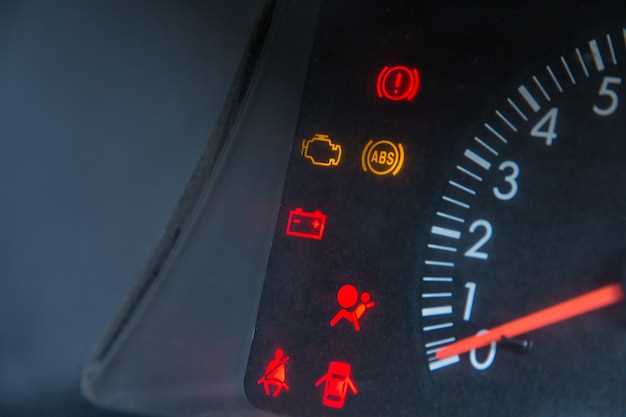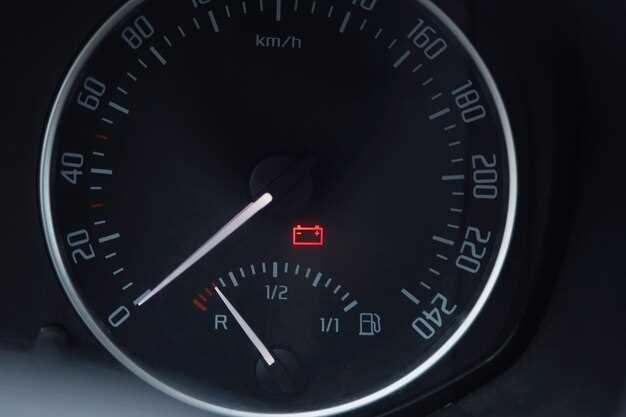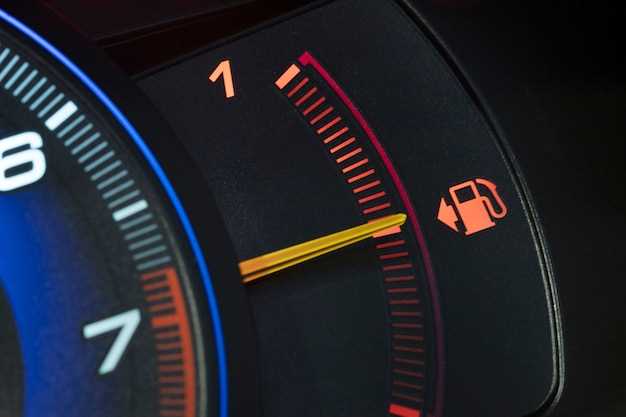
What your check engine light really means
- Dominique Kaye
- 0
- Posted on

The check engine light is a vital indicator on your vehicle’s dashboard. It serves as an early warning system for potential issues within the engine or other critical components of your car. Ignoring this simple light can lead to more significant problems and costly repairs down the line.
When the check engine light illuminates, it doesn’t always signify a severe malfunction. Instead, it can range from minor issues, such as a loose gas cap, to more serious engine malfunctions that require immediate attention. Understanding the specific meaning behind this light can empower drivers to make informed decisions regarding vehicle maintenance and repairs.
Modern vehicles are equipped with onboard diagnostics that trigger the check engine light when a fault is detected. Scanning the codes stored in the car’s computer can provide insight into the underlying issue, allowing for prompt and accurate troubleshooting. Thus, familiarizing yourself with the check engine light meaning can enhance your vehicle’s performance and longevity.
Common Causes of Check Engine Light Activation

The Check Engine Light can illuminate for a variety of reasons, indicating that your engine may require attention. Understanding these common causes is essential for addressing potential issues effectively.
One frequent reason for activation is a loose or damaged gas cap. A gas cap that is not sealed properly can allow fuel vapors to escape, triggering the Check Engine Light. Ensuring the cap is securely tightened can often resolve this issue.
Another common cause is a faulty oxygen sensor. This component monitors the amount of unburned oxygen in the exhaust and helps regulate fuel efficiency. A malfunctioning oxygen sensor can lead to poor engine performance and increased emissions, prompting the light to activate.
Issues with the catalytic converter can also trigger the Check Engine Light. This component converts harmful exhaust gases into less harmful emissions. If it becomes clogged or fails, it can significantly affect engine performance and fuel economy.
Additionally, problems with the mass airflow sensor can result in Check Engine Light activation. This sensor measures the amount of air entering the engine and is crucial for optimizing the air-fuel mixture. A malfunction can lead to decreased power and fuel efficiency.
Ignition system issues, such as faulty spark plugs or ignition coils, can also contribute to the light turning on. These components are vital for initiating the combustion process within the engine, and their failure can result in misfires, reduced power, and increased emissions.
Lastly, engine misfires, which may occur due to various factors including problems with fuel delivery or ignition, can activate the Check Engine Light. A diagnostic scan can determine the specific cause and help address the underlying issue.
In summary, being aware of these common causes can assist vehicle owners in identifying potential issues early and seeking the necessary repairs to maintain engine health.
How to Diagnose Issues Related to the Check Engine Light
Diagnosing issues related to the check engine light (CEL) begins with understanding that this warning can signify a range of problems within the vehicle’s engine or emission system. The first step is to check for any stored trouble codes using an OBD-II scanner. This tool connects to the vehicle’s diagnostic port and retrieves codes that indicate where the issue may lie.
Once you have the trouble codes, research them to identify the specific malfunction. Common issues include problems with the oxygen sensor, mass airflow sensor, or catalytic converter. Each code provides a starting point for deeper diagnostics. If the code points to a component, inspect that part closely for any signs of damage or wear.
Additionally, check any related systems. For instance, if the oxygen sensor code appears, examine the exhaust system for leaks or obstructions. It is also essential to inspect wiring and connectors associated with the faulty component for corrosion or loose connections.
If the CEL is still illuminated after addressing initial concerns, consider performing further diagnostics. This may include running a bi-directional test to see if the component responds as expected when manipulated through the scanner. Monitoring live data can also provide insights into the vehicle’s performance under various conditions.
In cases where diagnostics do not pinpoint an issue, reviewing the vehicle’s maintenance history can provide useful context. Old spark plugs, a clogged fuel filter, or worn-out ignition components can sometimes trigger the check engine light. Regular maintenance can help prevent these problems from developing.
Finally, if the problem remains unresolved, consulting a professional mechanic might be necessary. Their experience and access to advanced diagnostic equipment can help in accurately identifying and resolving the underlying issues related to the check engine light.
Steps to Take When Your Check Engine Light Comes On

When your check engine light illuminates, it signals that your vehicle’s engine management system has detected a potential issue. The first step is to remain calm and avoid panic.
Start by checking your vehicle’s dashboard for any additional warning lights or messages. If the check engine light is flashing, this indicates a more severe problem, and you should reduce speed and pull over safely as soon as possible.
Once parked, inspect your gas cap. A loose or damaged fuel cap can trigger the check engine light. If it appears to be loose, tighten it securely and drive the vehicle for a short distance to see if the light turns off.
If the check engine light remains on, it is advisable to use an OBD-II scanner to read the diagnostic trouble codes stored in your vehicle’s computer. This tool can help pinpoint the specific problem affecting the engine.
Regardless of the codes retrieved, consider consulting your vehicle’s owner manual for guidance on the next steps. If the issue seems serious or if you feel uncertain, take your car to a qualified mechanic for a professional diagnosis and repair.
Avoid ignoring the check engine light, as doing so can lead to larger, more costly issues down the line. Regular maintenance and prompt attention to warning signals are essential for the long-term health of your engine.
